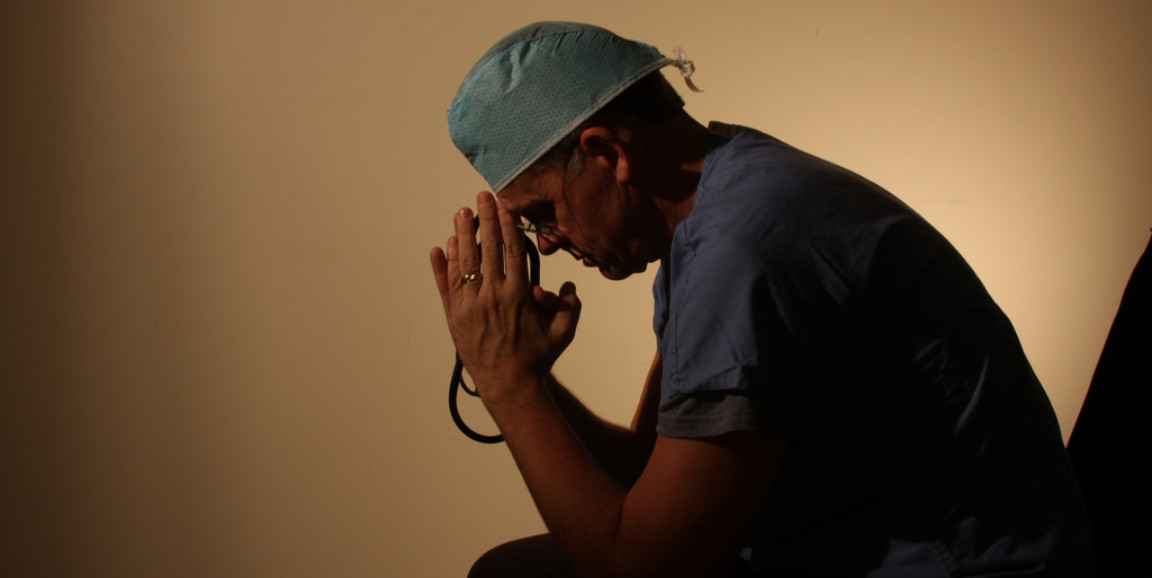An observation as a resident helped shape the career — and lifestyle — of Stanford Medicine’s Tait Shanafelt, MD.
As an internal medicine resident, Shanafelt was supervising a team of interns when he noticed that physicians around him were burned out, and it was affecting patient care. His first study on the phenomenon was like a "lightning rod" to raise awareness of and spark a national dialogue on physician burnout, he said in a recent interview in the Washington Post.
His interest and expertise in physician burnout led to his current position as head of Stanford’s WellMD Center for physician health and as an associate dean of the medical school.
His research has shown that physician burnout can lead to medical errors and patient complaints as well as longer patient recovery times. It can also contribute to physicians leaving the field, decreased quality of life and increased risk for suicide.
Shanafelt lives near Stanford with his wife, a part-time nurse and their four children, ages 4 to 13. And, he has made personal changes to keep his own burnout in check, he said:
I have a clear sense of the things that really matter to me, both professionally and personally, and try to make choices that are aligned with that. I have accountability partners — one of whom is my wife — who ask, 'Are you living consistent[ly] with the things that matter most?'
Being able to recognize within yourself when you need to take a break and step away and have rest and use your vacation in a strategic way, I think about these in far more intentional ways than I did earlier in my career.
Shanafelt’s efforts have brought the problem out into the open, where possible solutions can be discussed. Part of what contributes to physician burnout, he says, is the culture that surrounds the profession. Physicians are thought of — and often think of themselves as — invincible, but expectations such as 36 hour shifts are unreasonable.
Teaching physicians to monitor and take care of themselves is essential to the solution. But the problem must be addressed on a broad scale across the profession in order for new training to have a substantial impact. “The minute new doctors go into practice, they look at behavior of their more senior colleagues and they’re instantly going to adopt that behavior,” Shanafelt said.
Photo by Eric






